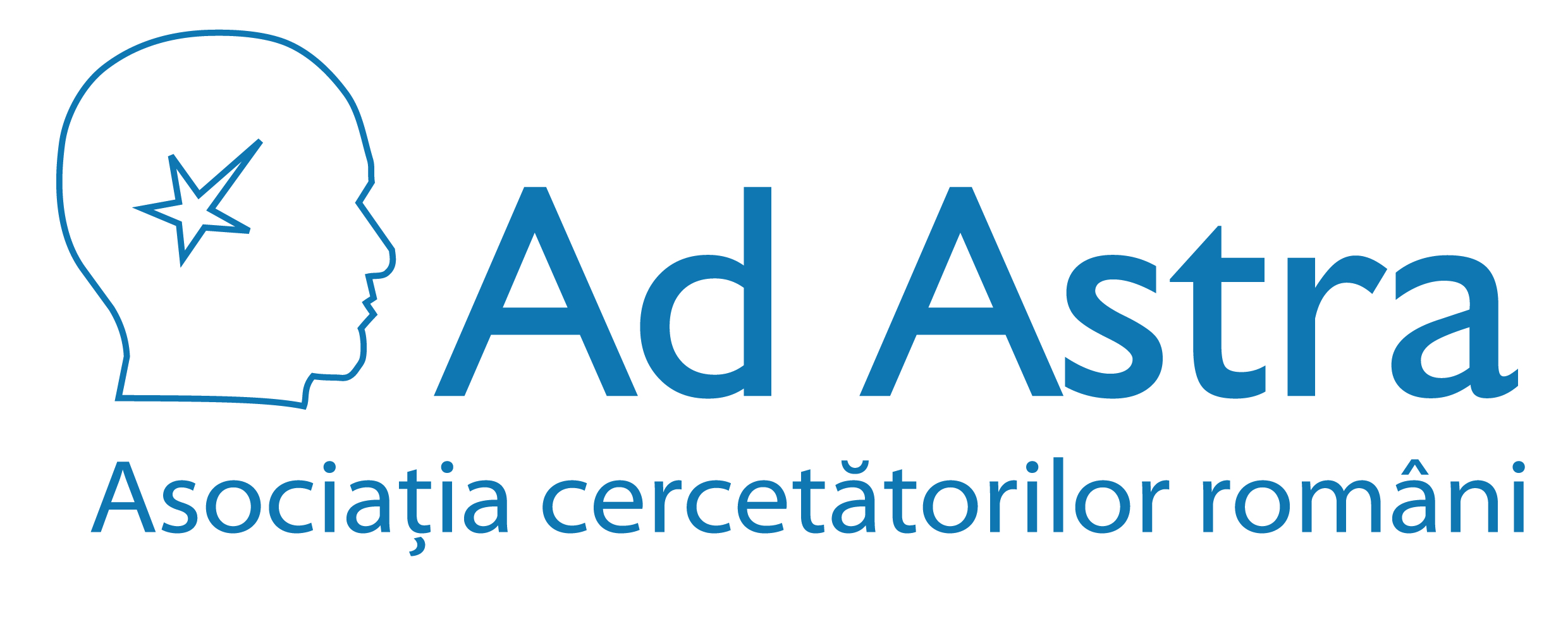Scopul nostru este sprijinirea şi promovarea cercetării ştiinţifice şi facilitarea comunicării între cercetătorii români din întreaga lume.
Staff Login
Publicatii proprii
Experimental and ab initio study of donor state deepening in nanoscale SOI-MOSFETs
As electronic device dimensions are continuously reduced, new functions based on atomistic considerations can be implemented. Single-dopant transistors have been proposed based on a different mechanism as compared to conventional transistors, by making use of tunneling transport via individual dopant atoms located in nanoscale-channel transistors. However, typical dopants have shallow ground-state levels and thermally-activated transport becomes
Read moreEffect of deep-level dopants on the electronic potential of thin Si pn junctions observed by Kelvin probe force microscope
Electronic potential measurements performed by low-temperature Kelvin probe force microscopy on silicon-on-insulator lateral nanoscale pn junctions are presented. The electronic potential landscape contains a region of enhanced potential induced by interdiffused dopants with deeper ground-state levels compared to bulk. The discrete dopant distribution can be observed in specific line profiles. In most line profiles, time-dependent potential fluctuations
Read moreElectron-tunneling operation of single-donor-atom transistors at elevated temperatures
Individual dopant atoms in silicon devices gain active roles as channel dimensions move into nanoscale from source to drain. A single donor can work as an atomic quantum dot, mediating single-electron tunneling transport. However, tunneling operation of single-donor transistors has so far been reported only at low temperatures below ~15 K, mainly because the tunnel barriers coupling the donor to the leads are too low. For higher-temperature operation,
Read morePhoton-induced random telegraph signal due to potential fluctuation of a single donor-acceptor pair in nanoscale Si p-n junctions
We study the photoresponse of Si nanoscale p–n and p–i–n diodes. As a result, we find a photon-sensitive multilevel random telegraph signal (RTS) in p–n diodes, but not in p–i–n diodes. From this fact and analysis of current jumps in the RTS, the multilevel RTS is ascribed to single photocarrier charging and discharging in a donor–acceptor pair in the depletion region. Thus, it is found that a donor–acceptor pair plays an important
Read moreEffect of electron injection into phosphorus donors in silicon-on-insulator channel observed by Kelvin probe force microscopy
We have comparatively studied the effects of electron injection in individual phosphorus-donor potential wells at 13 K and 300 K by Kelvin probe force microscopy in silicon-on-insulator metal-oxide-semiconductor field-effect-transistors. As a result, at 13 K, localized single-electron filling into the phosphorus-donor potential well is found, reflecting single-electron tunneling transport through individual donors, whereas at 300 K, spatially
Read moreA detector module composed of pixellated crystals coupled to SiPM strips
A detector based on a pixellated scintillator crystal coupled on two opposite sides to Silicon Photomultiplier (SiPM) strips is presented. In one direction the width of the SiPM strips matches the crystal pitch, while in the other direction the strip length is equal to the crystal pitch times the number of pixels in a row. The SiPM strips on one side are orthogonal to the strips on the other side. The crystal position can be identified using a row-column
Read moreEvolution of Chilia lobes of the Danube delta: Reorganization of deltaic processes under cultural pressures
The growth of Chilia deltaic lobes reflects a drastic reorganization of the Danube delta that accompanied its rapid expansion in the late Holocene. Using new cores collected at the apices of the two older Chilia lobes, together with historical maps and satellite photos, we find that a partial avulsion since ∼1500 years BP led to a gradual rejuvenation of the Chilia distributary. This process led to the successive infilling of a lake and a lagoon
Read moreBranched glycerol dialkyl glycerol tetraethers in Arctic lake sediments: Sources and implications for paleothermometry at high latitudes
Branched glycerol dialkyl glycerol tetraethers (brGDGTs) are analyzed in different lakes of the Mackenzie (Canadian Arctic) and Kolyma (Siberian Arctic) River basins to evaluate their sources and the implications for brGDGT-based paleothermometry in high latitude lakes. Comparison of brGDGT distributions and concentrations in the lakes with those in river suspended particulate matter (SPM), riverbank sediments, and permafrost material indicates that
Read moreLong-timescale variation in bulk and clay mineral composition of Indian continental margin sediments in the Bay of Bengal, Arabian Sea, and Andaman Sea
This study documents X-ray diffraction results from bulk powders and oriented clay-size aggregates using samples from sites drilled and cored during the Indian National Gas Hydrate Expedition 01 (NGHP01). These sites are located in the Krishna–Godavari Basin, Mahanadi Basin, and Andaman accretionary wedge of the Bay of Bengal, and the Kerala-Konkan Basin of the Arabian Sea. Calcite is more abundant at the pelagic sites of the Andaman Sea and Kerala-Konkan
Read more
